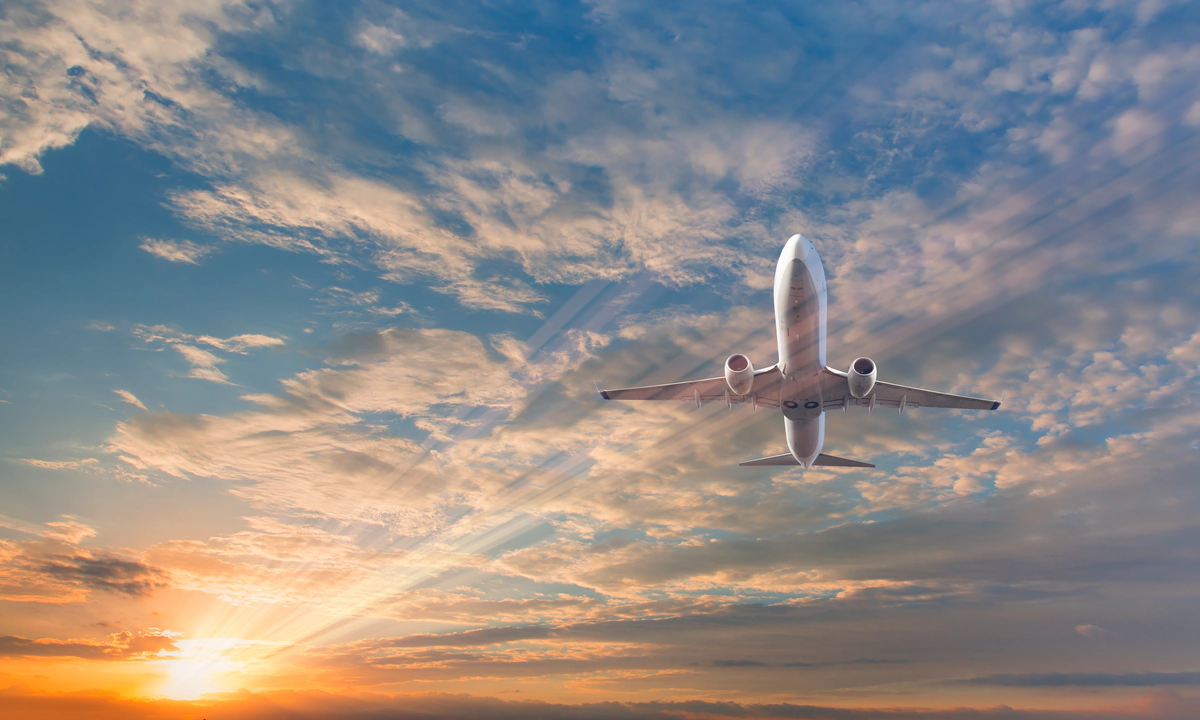The recent documentary by Sophie Morgan, ‘Fight to Fly’, captured several specific, but not uncommon, experiences that Disabled and older people encounter when travelling by air. These included being left on planes, mobility aids being damaged, inaccessible experiences at security checks, and breaches of legal standards and basic health and safety safeguards.
Air travel opens a world of opportunities, but it can present challenges. Across the aviation industry, there is a growing commitment to making travel more accessible. East Midlands Airport (EMA), for instance, has been investing in creating a more inclusive environment for all passengers.
These accessibility initiatives have been formally recognised with EMA winning the 2023 Business Disability Forum “Disability Smart Inclusive Customer Service Award”.
More recently, the airport has partnered with Transreport to integrate its Passenger Assistance technology for a more streamlined experience of requesting air travel assistance for Disabled and older customers.
Incorporating technology solutions in tandem with forward-thinking initiatives by individual airlines and airports, along with ongoing dialogue between the industry and advocacy groups, is important to ensure more people can travel safely and with confidence.
Increasing an understanding of the diverse disability support needs
When addressing how to improve industry standards for Disabled people, it is essential to recognise that the Disabled community are not a homogenous group. Diverse lived experiences and access needs must be accommodated for an equitable air travel experience.
A common theme that often emerges throughout journey touchpoints is that many Disabled passengers encounter barriers that non-disabled passengers might not experience. These barriers can vary widely, ranging from physical accessibility issues to communication barriers. This diversity of experiences underscores the importance of flexible, personalised approaches in making air travel more accessible and inclusive for all.
I recently travelled with my family and, prior to departure, in addition to the normal holiday admin, I had to spend around 11 hours in total on the phone attempting to request assistance.
Despite these efforts, I arrived to find I wasn’t in the system. For most people, airports can be a stressful environment.
Imagine adding the emotional labour of realising you have wasted hours of your time and having to go through the process of explaining your access needs and requirements all over again.
Layer onto this a misunderstanding of my personal support needs as an ambulatory wheelchair user and finally, a disregard or lack of comprehension for the fact that as a disabled person I may also be a parent who cannot leave their young child on their own.
This begins to paint a picture of the barriers in place that should be dismantled. For example, it’s imperative to consider interdependency – the safety and needs of a group travelling together – in order to ensure inclusion for all.
What is the solution?
There isn’t a quick fix. However, there are frameworks which can be put in place to start to dismantle the barriers, ensure people have their access needs met, and automate processes to create enjoyable travel experiences. Embracing technology will play an instrumental role here.
Advancements in technology hold the potential to empower people and address industry pain points. For example, Transreport is collaborating with airports and airlines to bring its flagship technology, Passenger Assistance, to the aviation industry.
Passenger Assistance allows people to create a digital profile that focuses on their accessibility requirements, which can then be shared with travel operators. This reduces the amount of time passengers have to spend on calls, going back and forth on email, or having to repeat and re-share information.
For staff, Passenger Assistance streamlines processes and provides comprehensive passenger profiles in order for staff to offer personalised assistance tailored to individual needs. The technology facilitates smooth coordination between office and frontline teams, communicating access needs in advance.
With real-time visibility of assistance requests, staff can proactively manage operations and provide the best possible service to their customers. Sophisticated reporting capabilities provide valuable insights, enabling continuous improvement and enhancing operational efficiency.
Advancements in technology hold the potential to ensure that people's access needs are communicated in advance, which protects people's right to privacy, and removes the pressure to disclose personal information at a desk.
One of the most significant aspects of our approach is an emphasis on feedback leading to continuous improvement. This includes hosting and facilitating industry focus groups, ongoing user testing, a multi-modal accessibility panel, and a commitment to co-production. In addition, the technology facilitates real-time feedback from users, allowing for the refinement of services.
Open collaboration is key
Collaborating with Disabled people is essential for improving accessibility. By involving individuals with a diverse range of accessibility needs and experiences throughout the process, airlines can create more flexible and inclusive systems. People with lived experience need to be involved in all key decision making processes in companies and organisations – co-production is key.
Moving forward, collaboration between airports, airlines, and technology providers is crucial in order to enhance the experience for disabled passengers.
The upcoming European Accessibility Act (EAA) is a positive step, mandating accessibility in digital touchpoints of air travel and beyond.
However, to truly transform the travel experience, the industry must go beyond compliance and embrace a holistic, accessibility-focused and technology-driven approach.
Consistency in accessibility features across airports and airlines would reduce barriers for Disabled and older people, and this should be balanced with flexibility to accommodate individual needs. The goal is to create a system that offers familiar, reliable support while still adapting to each person’s individual access needs.
While the journey towards fully accessible air travel is challenging, innovative solutions are crucial to furthering accessibility initiatives in the aviation industry. As someone who experiences barriers and challenges during travel, I’m optimistic about the future and the potential for positive change.
With the right technology and commitment to inclusivity, we can ensure that air travel becomes a safe, dignified, and enjoyable experience for all passengers.
